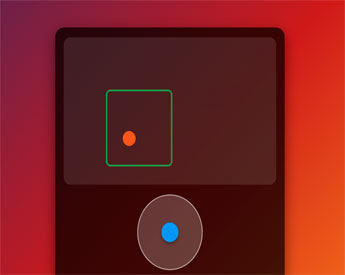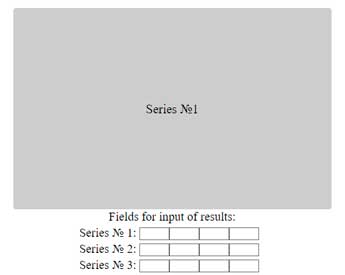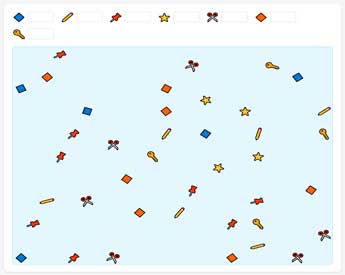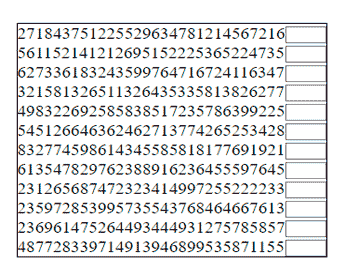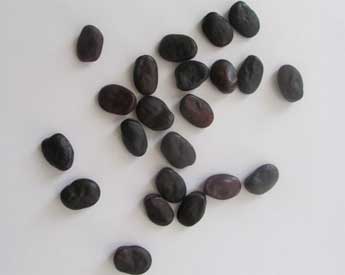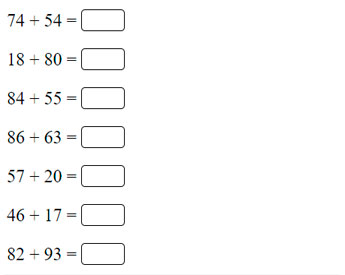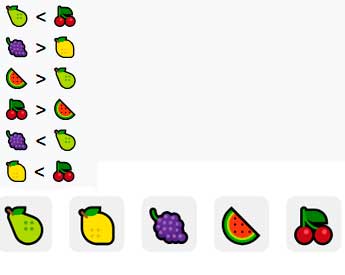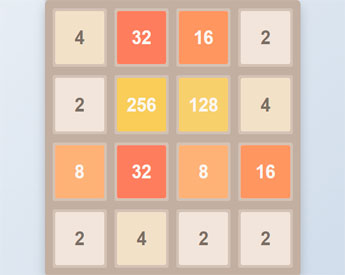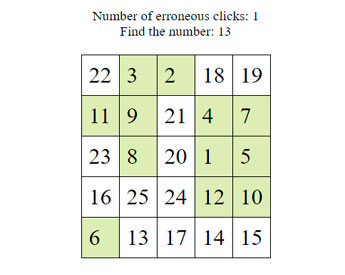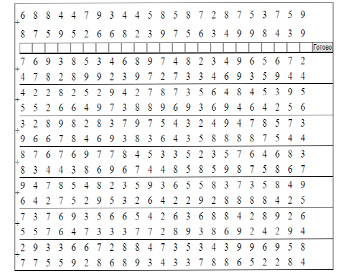|
METODORF.COM
Interactive Portal-Book of Self-Development Methods
|
Reaction Time Tests - Measure and Improve Your Response Speed Reaction time is a crucial cognitive ability that affects many aspects of our daily lives - from driving a car to making split-second decisions in sports or emergencies. Our collection of reaction time tests helps you measure and improve this fundamental skill through scientifically designed exercises that challenge different aspects of your cognitive processing speed. What Is Reaction Time?Reaction time refers to the interval between the presentation of a stimulus and the initiation of a response. It's a measure of how quickly we can perceive, process, and respond to information in our environment. Reaction time consists of several components:
The average human reaction time to visual stimuli is about 250 milliseconds (0.25 seconds). For auditory stimuli, it's slightly faster at about 170 milliseconds.
Our Reaction Time TestsSimple reaction test - black area with red highlightThe reaction test in its standard online version - there is a usual check of the time it takes to click the mouse or press the touch screen after the color of the square in front of you (it can be of any color, but in this case it will be black) changes to another color (in this case, red). The average response time will be calculated from the average response in a series of short tests. It is advisable to go through a series of tests in order to get the most accurate estimate of your reaction - the average value of the reaction time. Simple reaction testComplex reaction test - black area with red highlight and green decoyThis type of test is very similar to the previous one, but differs in that now you will need to click on the square as quickly as possible only if its color changes to the one specified in the test condition (in this case it will be red), because the black area can turn both red and green. The time after which you correctly determine the color and click on the square is the decision time (In principle, we can say that the decision time is made up of two parameters - the reaction time and the time when your brain determines whether the color of the square matches the given color, and click on the square). As in the previous reaction test, the average decision time will be calculated from the results of passing several given tests. Simple Decision Time TestDriving Decision-Making Test - Turn Right, Left or Hit the Brakes Simulation of real road situations where you need to quickly decide whether to turn right or left, or stop to avoid an obstacle. Go to the "Turn Where Needed" driver reaction test pageVisualized Traffic Light Test for Quick Start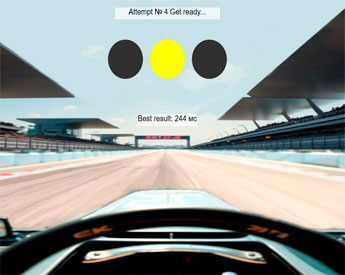 Imagine yourself as a Formula 1 racer and test your ability to start in minimum time after the traffic light turns green "Formula at the Start" reaction time test pageSound Reaction Time Test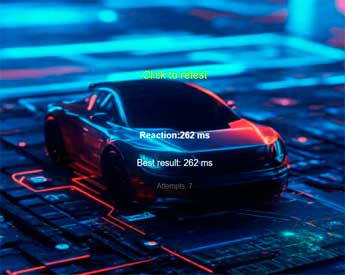 This test will allow you to measure your reaction time to audio stimuli. Unlike visual stimuli, audio stimuli are perceived faster, so reaction time should be lower Sound Reaction Time Test pageReaction and Accuracy Test This test will allow you to measure your reaction, accuracy and movement motor skills by controlling the mouse cursor and clicking on improvised targets, which can be either stationary or moving. Reaction and Accuracy Test PageReaction Times in Different ProfessionsReaction time varies significantly depending on profession and training. Here's how different professionals compare:
Professional athletes
Reaction time: 150-200 ms Boxers and baseball hitters have some of the fastest reactions
Airline pilots
Reaction time: 180-220 ms Trained for quick instrument reading and response
Average adult
Reaction time: 250-300 ms For simple visual stimuli
Elderly individuals
Reaction time: 300-500 ms Reaction time slows with age Factors Affecting Reaction TimeSeveral factors can influence how quickly you react:
How to Improve Your Reaction Time
The Science Behind Reaction TimeReaction time involves complex neural processes. When a stimulus appears:
This entire process typically takes 200-300 milliseconds in healthy adults, but can be improved with training.
Interesting fact: The blink reflex is one of the fastest human reactions, taking just 30-50 milliseconds. This automatic response protects our eyes from potential damage.
Test Your Reaction Time TodayRegular practice with our reaction time tests can help you establish a baseline and track improvements over time. Whether you're an athlete looking to gain a competitive edge, a driver concerned about road safety, or simply someone interested in cognitive performance, understanding and improving your reaction time offers numerous benefits. Below you can check your reaction time (no average is calculated). Click on the black area
© Oleg Akvan metodorf.com Comment block No one has left comments here yet, be the first! Leave a comment:
Advertisement:
|
© 2014 - 2025 Oleg Akvan metodorf.com
All rights reserved!
All rights reserved!
